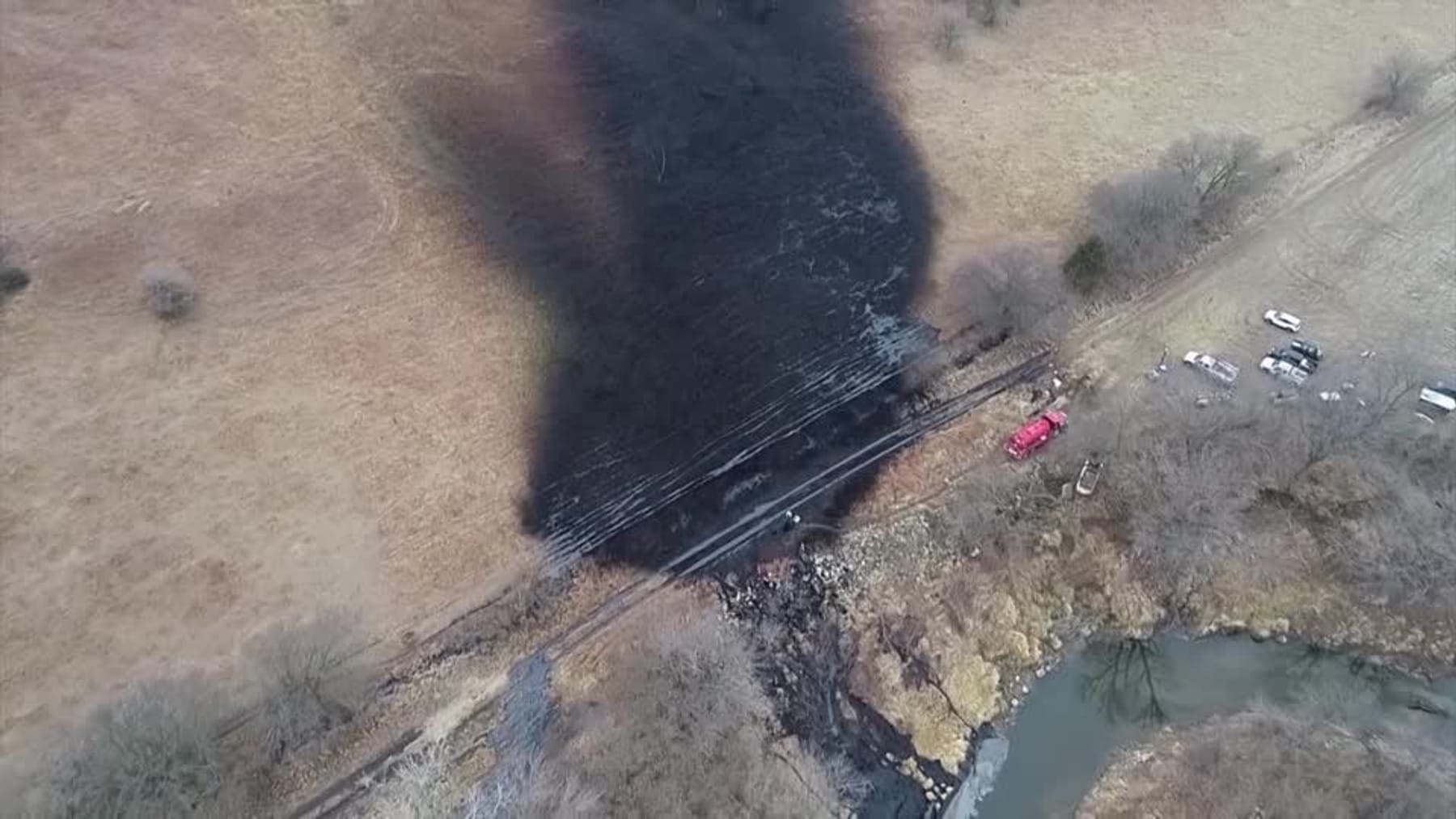The Keystone oil pipeline has been brought to a temporary standstill following reports of a mechanical bang, an incident that has raised concerns over the integrity of the infrastructure. The pipeline, which transports crude oil from Canada to refineries in the United States, has been carefully monitored since its inception due to the potential impact on both the environment and energy supply. Safety protocols necessitated an immediate shutdown in response to the mechanical issue, underscoring the importance of stringent maintenance and monitoring procedures in the oil transport sector.
Reports indicate that the mechanical bang occurred during routine operations, prompting operators to initiate emergency shutdown procedures. It is not yet clear what caused the incident or if any damage has occurred to the pipeline itself. However, such occurrences are taken seriously in the industry, leading to swift action to prevent any spill or leak that could have significant environmental repercussions.
Regulatory bodies, including the Pipeline and Hazardous Materials Safety Administration (PHMSA), are currently involved in the assessment and investigation of the incident. Their primary focus is to determine the cause of the mechanical failure and ensure that adequate measures are in place to prevent future occurrences. In recent years, various safety protocols have been implemented on pipelines across North America, aimed at minimizing the risks associated with oil transportation.
The Keystone pipeline has been a focal point of discussions surrounding energy policies and environmental safety. The debate surrounding its operation has intensified over the years, particularly concerning its potential environmental impacts and the urgency of transitioning to cleaner energy sources. The incident serves to heighten those discussions, as stakeholders will surely scrutinize both the mechanical integrity of the pipeline and the protocols in place to safeguard against potential hazards.
As investigations unfold, it is essential for the operators of the Keystone pipeline to communicate openly about the measures being taken to address the situation. Transparency will be critical in maintaining public confidence, particularly in a region where the Pipelines have often faced pushback due to fears of potential leaks or spills.
In light of the shutdown, energy markets may experience fluctuations, as the Keystone pipeline plays a significant role in oil supply dynamics in North America. The interruption could lead to short-term supply constraints, influencing market prices and prompting discussions among analysts regarding the broader implications for energy security and prices in the coming days and weeks.
The safety of both the environment and workers is paramount, and this incident brings to the forefront the importance of adhering to rigorous maintenance and inspection schedules. Operators must ensure that they conduct thorough assessments to evaluate the overall condition of the pipeline and make necessary repairs. Additionally, the findings from this investigation are likely to influence regulatory frameworks and safety guidelines in the future.
In conclusion, while the temporary shutdown of the Keystone oil pipeline is concerning, it also presents an opportunity for a comprehensive evaluation of pipeline safety protocols. As the investigation proceeds, the importance of infrastructure safety and environmental stewardship remains at the forefront of energy discussions. Stakeholders across the industry will be monitoring the situation closely, as the implications of this incident may resonate throughout the oil and gas sector for some time to come. The actions taken by regulatory bodies and the response from pipeline operators will be instrumental in shaping the future of pipeline safety and reliability.



